Features and connection of single-phase generators
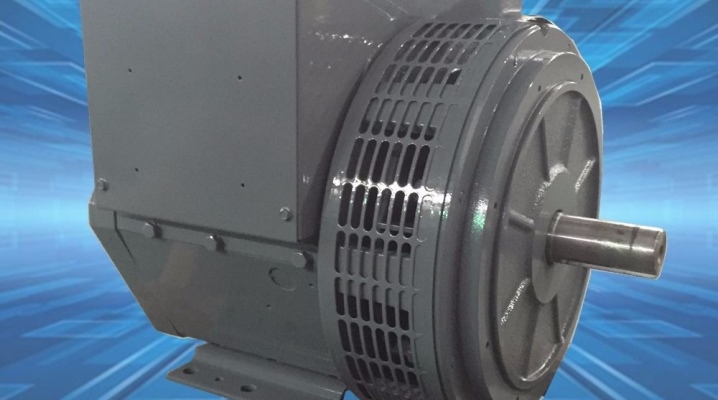
Problems with the availability of centralized power supply and its stable supply pose the question of how to ensure a continuous supply of energy for homeowners and many consumers. Often the problem is solved by installing an autonomous power source; single-phase generators are often used. This is a household grade power device. They are distinguished by simple design, ease of use, low cost, compatibility with single-phase electrical appliances. The principle of operation of such generators is based on the conversion of kinetic types of energy into electricity using the principle of electromagnetic induction.
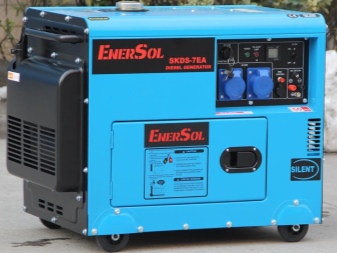
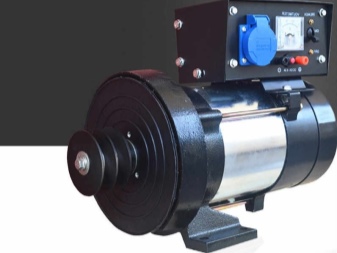
Device and principle of operation
The main part of the generators works on the mechanism of the rotating field... The conductive frame makes rotational movements in the magnetic field of the coil, between a pair of magnets with opposite poles, which leads to an electromotive force. Current induction occurs at the moment the conductors cross the magnetic lines of the force field. The frame changes its orientation in relation to the poles of the magnet, which leads to a change in the direction of the electric current. It is generated by the generator as long as the conductor is rotated by a source of mechanical energy.
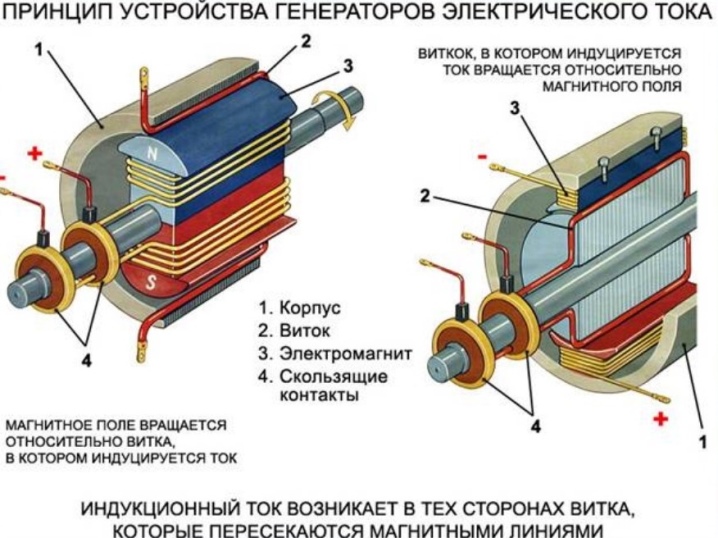
The device of single-phase generators contains several elements in its circuit:
inductor rotating part;
fixed anchor part;
sliding brush part;
contact type rings.

The electricity generated by the generator is fed through the network to various types of equipment. The food received is redistributed among the objects. Device diagrams for optimal switching are equipped with a rocker switch and blockers.
The switches have different technical parameters. Changeover switch in a three-phase network must be installed at the same time as a high voltage power supply. Changeover switches are manufactured in two versions:
single-pole;
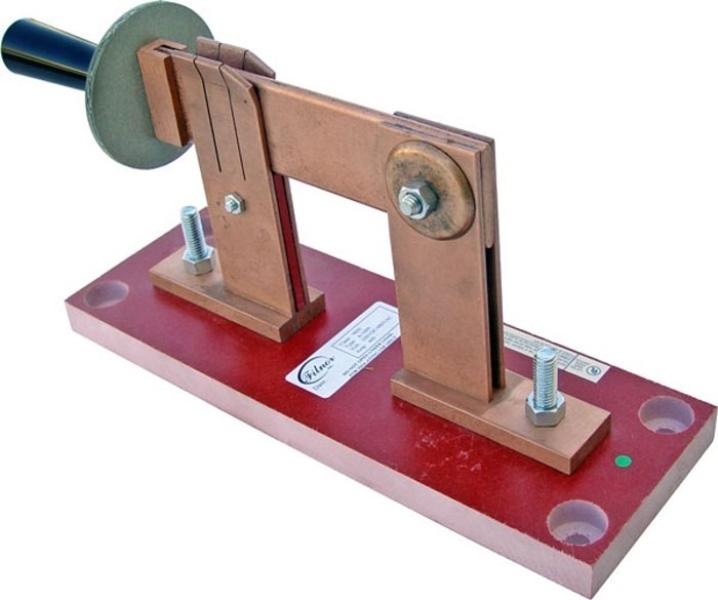
- bipolar.
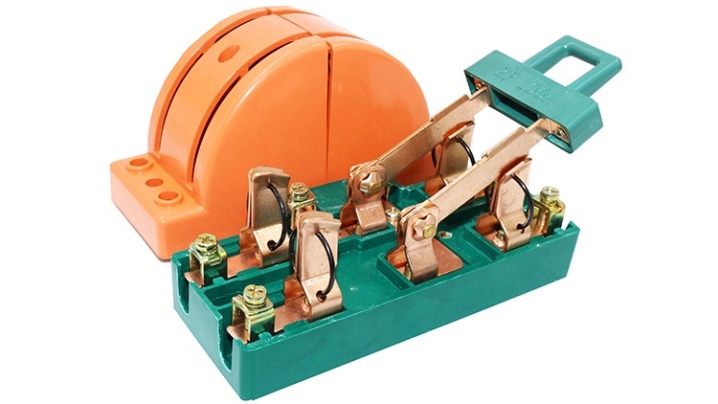
The first model consists from one module, includes copper conductors for connection. Two-pole version of the switch used in electrical circuits. They are compatible with different-phase networks, open-type capacitors. Changeover switches are connected based on the type of electrical networks.
A single-phase network allows the connection of only a two-pole device that operates with a power supply. With a two-phase network, the operation of the generator in the house network is carried out with a transitional type of device. With this scheme, expansion breakers are used.

Advantages and disadvantages
The main advantages of generators that generate electrical energy for use at various facilities:
- ease of management and composition of elements;
- compact weight of the device;
- structural reliability;
- absence of hysteresis losses and vortex flows;
- no phase error;
- permanent magnets do not require the installation of an additional energy source;
- ability to work in difficult conditions;
- efficient performance.
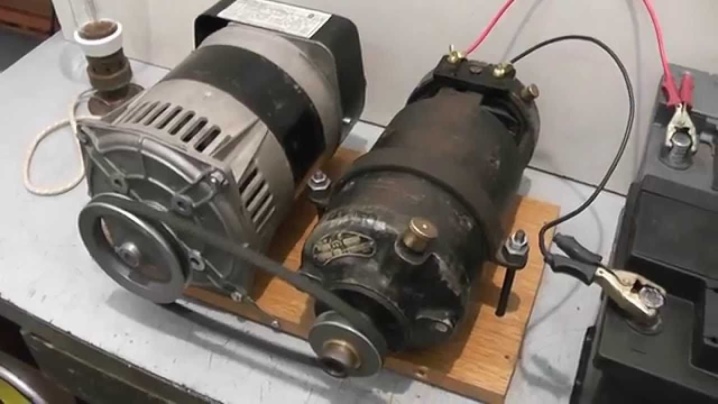
The disadvantages include:
- insufficient power;
- the need for control;
- carrying out frequent maintenance.

Connection diagram
For commissioning a single phase generator several rules must be followed, especially if the device is connected to a residential building with your own hands.
It is recommended to use only integral cables in operation, provide grounding, avoid prolonged network overloads, strictly adhere to safety rules.
The generator during the installation process must be protect from moisture. During installation gas exhaust should be eliminated by means of their removal... At maximum loads, you can use a backup source. To reduce costs, it is necessary to select the correct installation scheme. Usually an electric generator is installed after the meter. If there is an unstable supply of electrical energy, you need to choose the simplest schemes.

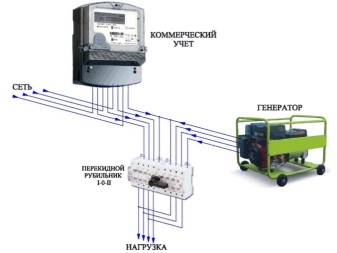
Connection to a switchgear, if there is a worker nearby earthed socket, would be the best option. The presence of a three-position stationary switch will allow you to connect electrical equipment and not disconnect the wires from its clamps. The current along the circuit can pass from different branches, while connecting the load to only one. In order to avoid wire contacts, it is recommended to set the neutral position. A single-phase generator has its own zero, so the switch must be appropriate.
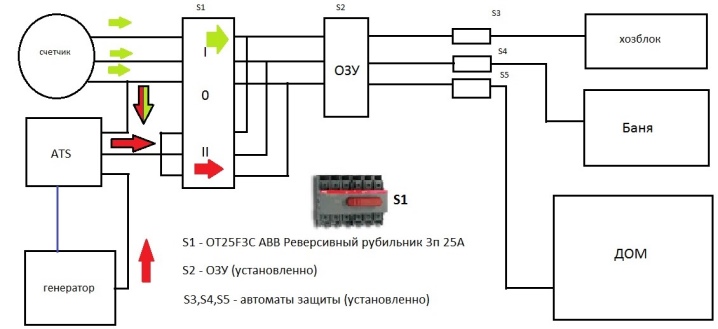
When connecting independently, you need to take into account the power indicator, types of energy consumers and the engine. A single-phase generator is recommended for connecting devices that are designed for performance from a 220 volt network. The energy generated by such a device of 10-15 kilowatts will maximize the coverage of the power supply needs of a standard country house. This calculates the required power of the installation and the total household electricity consumption at peak load.
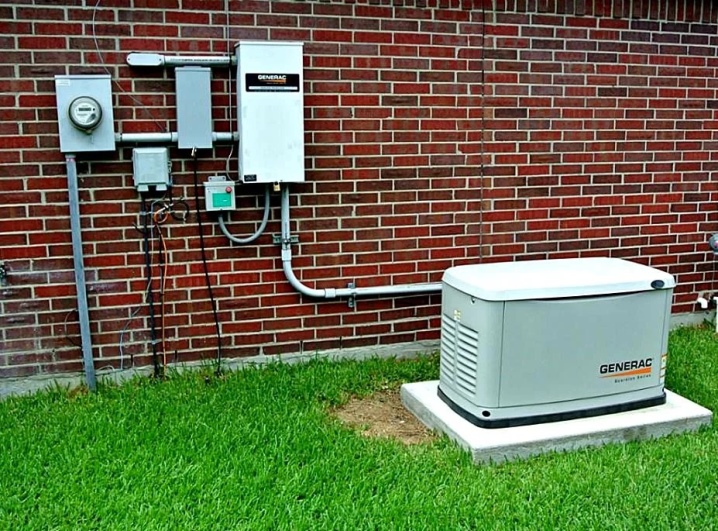
Next, see the video tutorial on how to connect the generator to the network.













The comment was sent successfully.